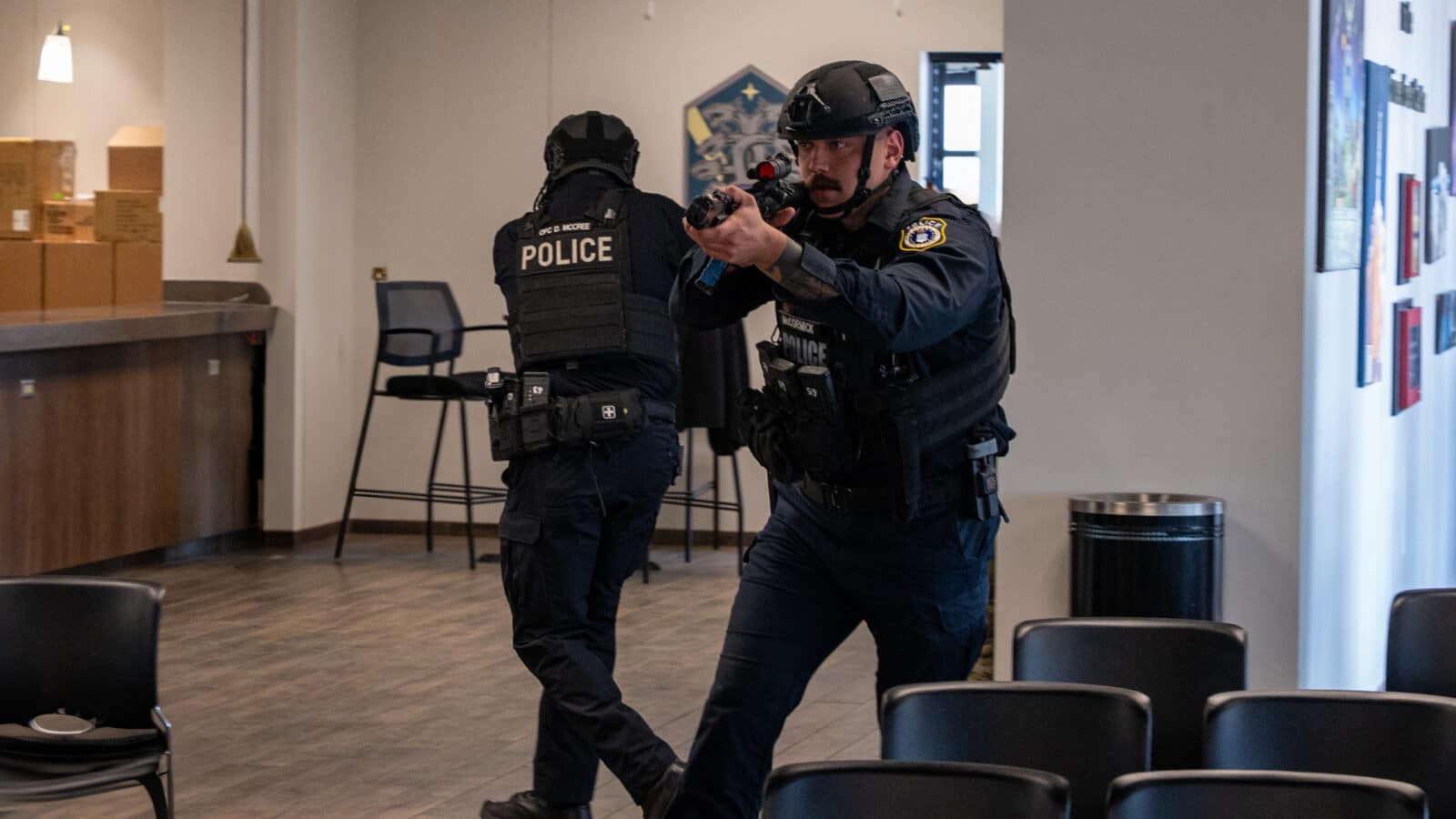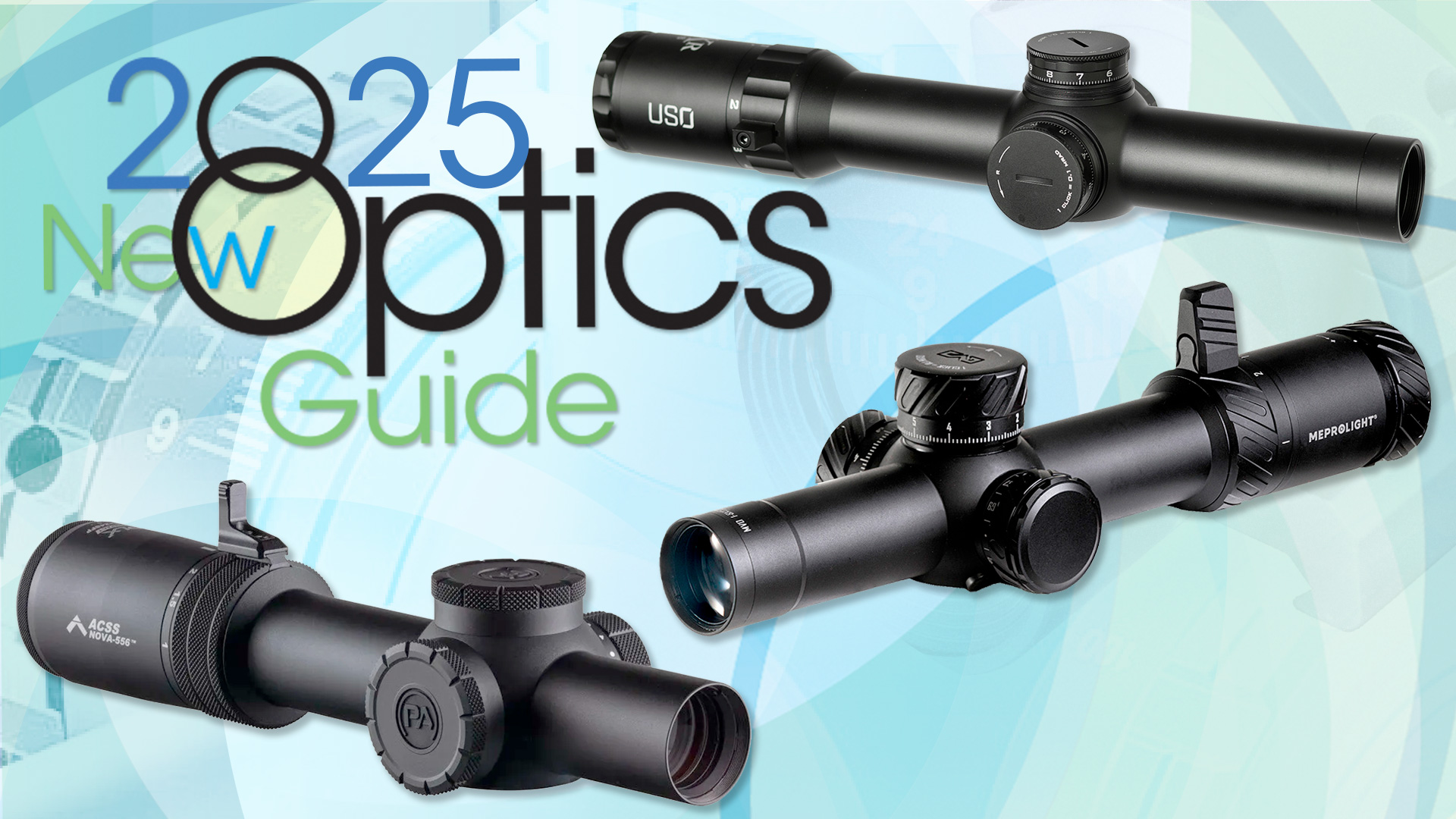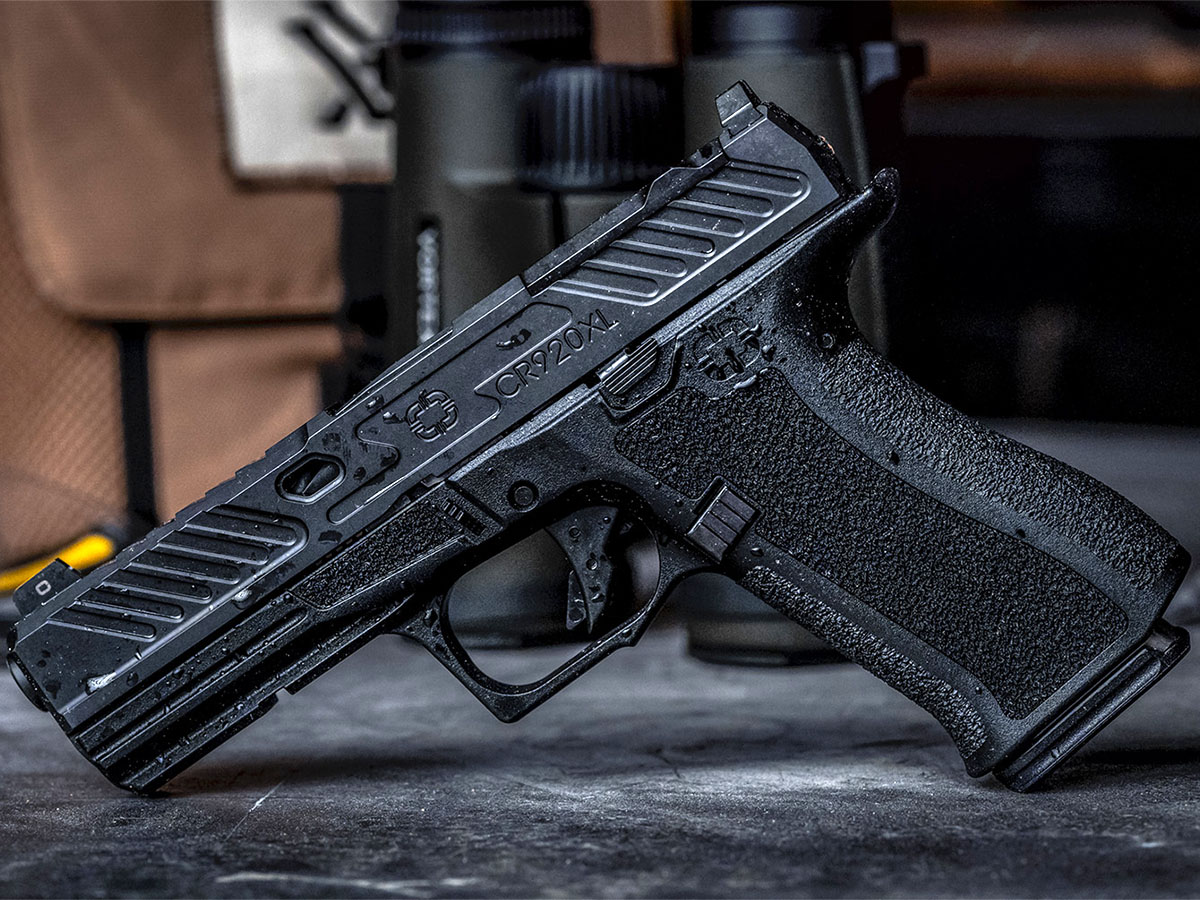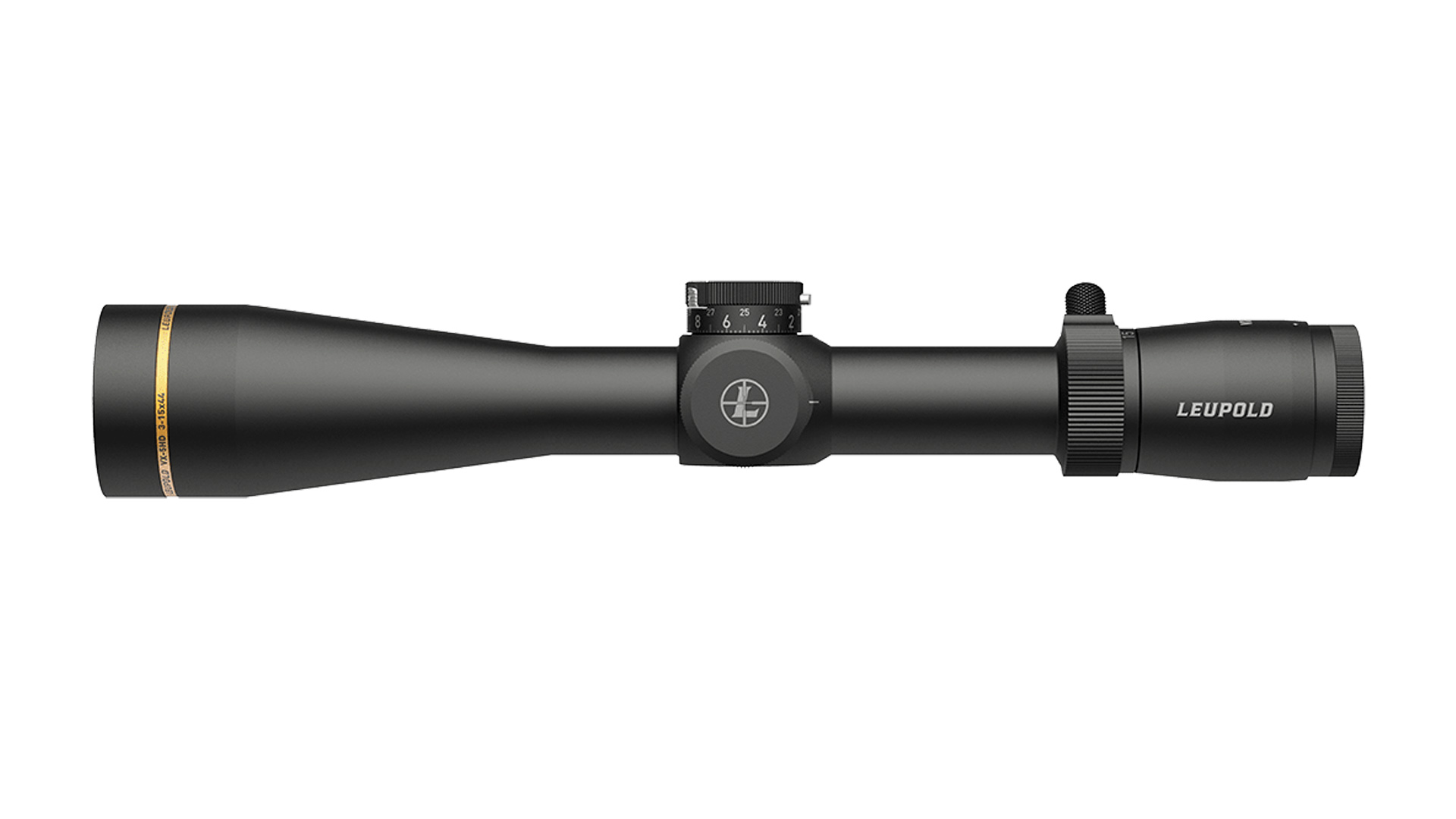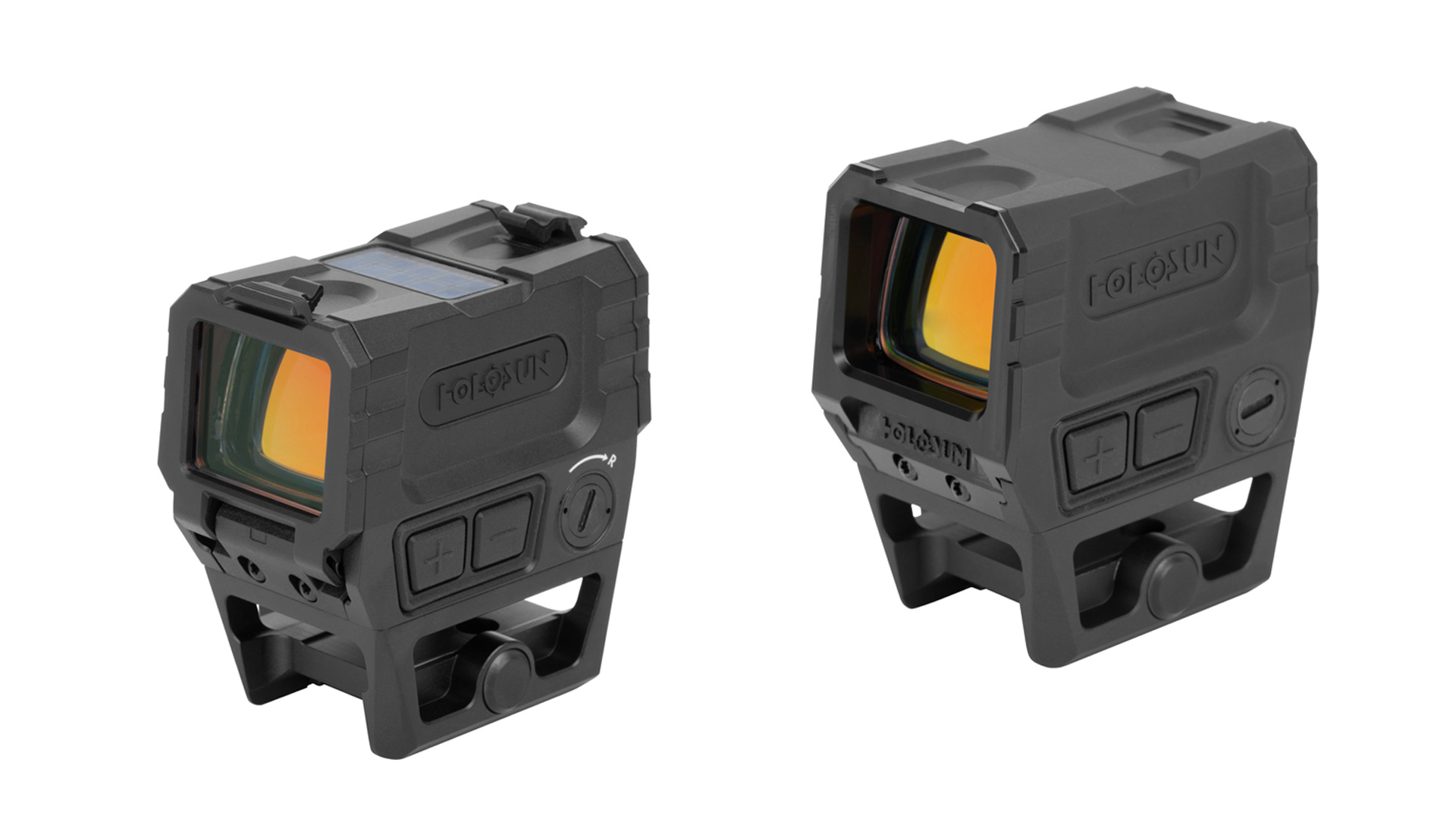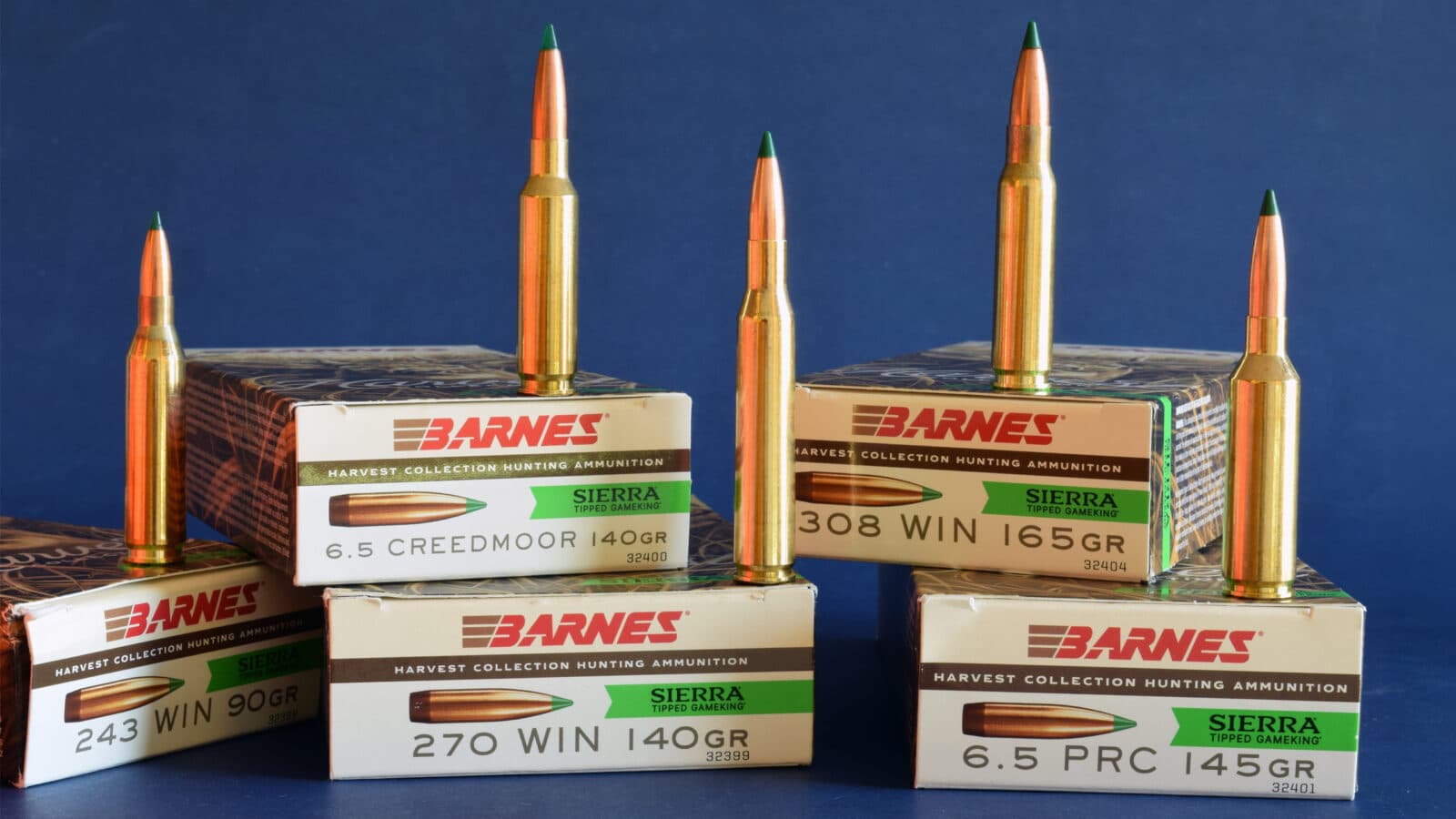SAAMI Issues Suppressor Standards
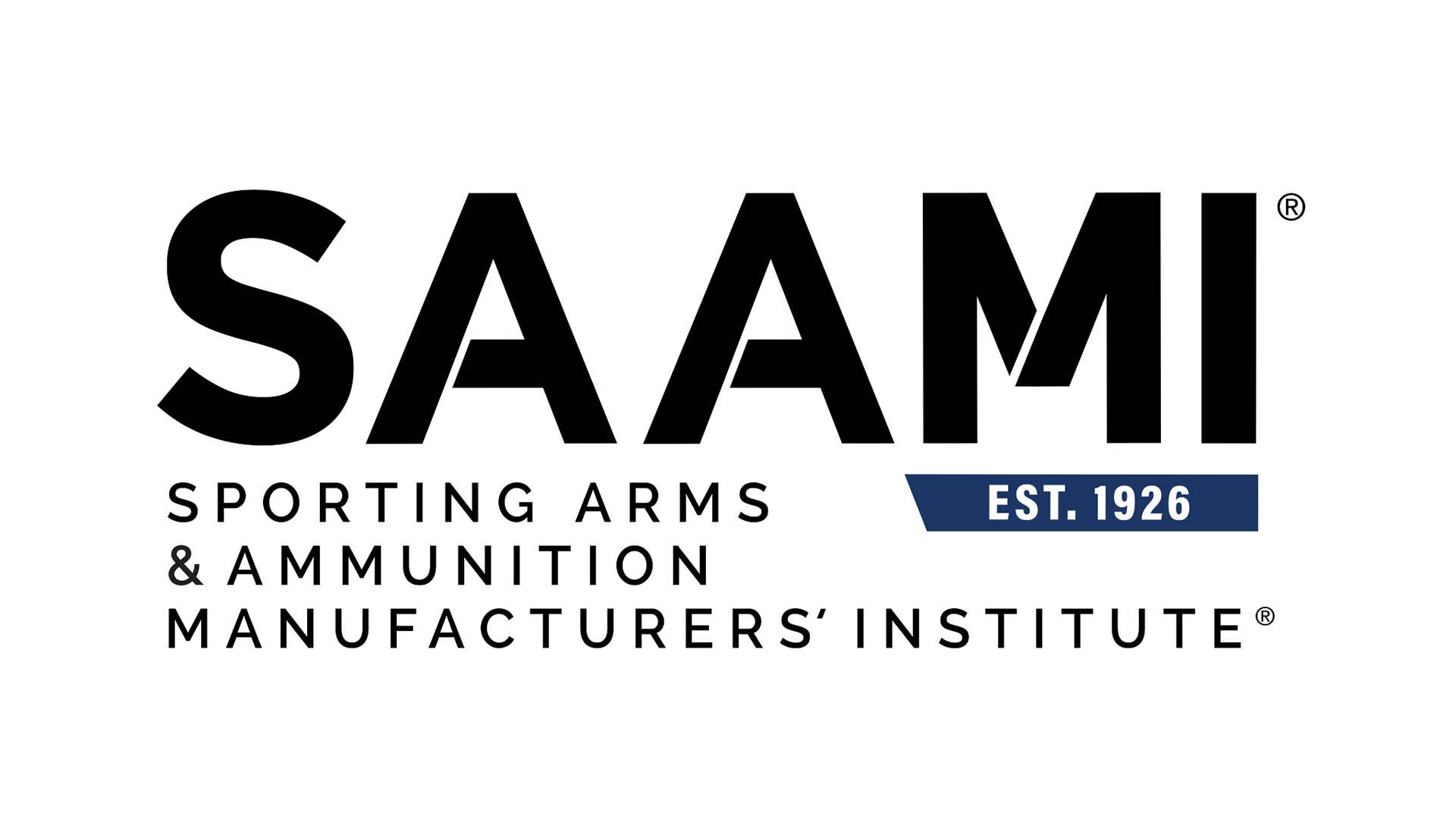
The Sporting Arms and Ammunition Manufacturers’ Institute (SAAMI) has issued the first “Voluntary Industry Performance Standards Criteria for Firearm Sound Suppressors for the Use of Commercial Manufacturers.” The detailed document took eight years of detailed and highly technical work to complete.
The “Voluntary Industry Performance Standards Criteria for Firearm Sound Suppressors for the Use of Commercial Manufacturers” document contains thread and socket drawings, recommendations on how to communicate intended cartridge, minimum barrel length, maximum firing cadence and maximum rounds before required cooling, procedures and equipment required for suppressor sound measurement, measuring suppressor-to-bore alignment, testing for abusive mishandling, overpressure testing and stress testing.
Alan Serven, SAAMI’s Senior Director, Technical Affairs, will present the new guidelines at the PCB Conformal Ballistic Training later this month in Buffalo, NY. The Conformal Ballistic Training is a two-day exclusive training sponsored by PCB Piezotronics—a leader in pressure and safety testing—and will cover, among other things, conformal ballistic testing in accordance with SAAMI Standards Z299.1 – Z299.4.
“These new SAAMI suppressor standards have been eight years in the making and involved a great deal of research, testing and hard work by the SAAMI team and SAAMI member companies,” said Joe Bartozzi, SAAMI president and CEO. “Sound suppressors have become standard equipment for many firearm owners, and with more manufacturers producing these hearing-protection devices to meet consumer demand, SAAMI manufacturing standards were requested by industry.”
This new standard covers the thread specifications for attaching suppressors and other muzzle devices to firearms, sound-reduction measurement and other design considerations such as stress testing and over-pressure testing. Serven’s presentation this month will delve into the statistical derivation of SAAMI pressure limits and discuss many of the common issues encountered in ballistic testing seen in the real world.


